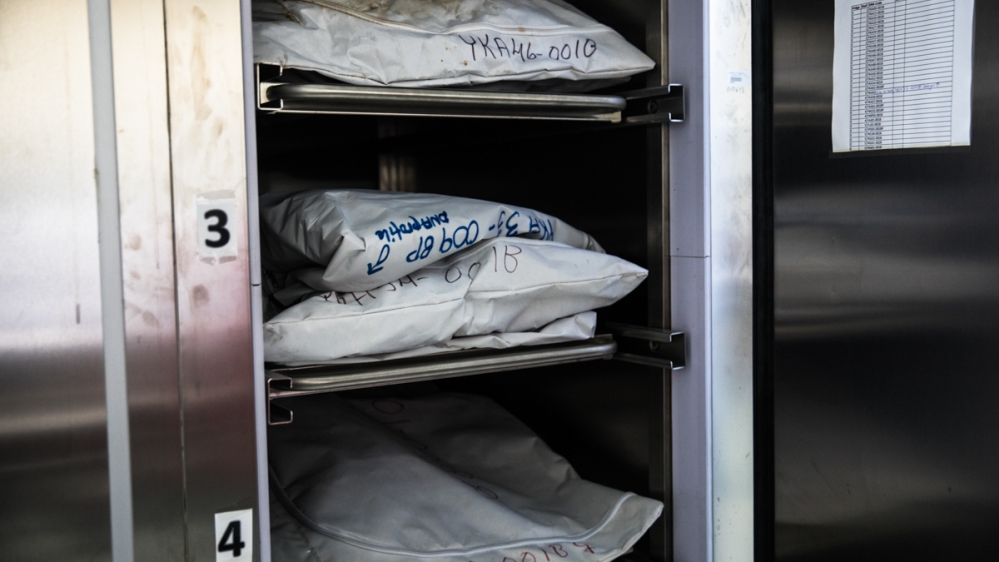International Day of the Disappeared: Finding Kosovo’s missing
Forensic efforts to identify remains from 1998-1999 war, which involve reopening graves, draw support and resistance.

Gjakova, Kosovo – Nesrete Kumnova will not give up looking for her only son, Albion.
In 1999, he was kidnapped by Serb forces, along with a group of Albanian men. He was 21 at the time.
The bodies of the others were found in a mass grave in west Serbia after the war and returned to their families in Kosovo, but Albion’s remains were not located.
“It’s the same feeling from the first day when they were kidnapped but the pain just grows with the years passing,” said Kumnova, now 67 and an activist.
“In the 21st century, to not find the people who were kidnapped, people who have names and surnames, and to not find their corpses – this is a terrible thing, a terrible life for the families.”
Although the war ended in Kosovo 20 years ago, thousands of families still demand answers from Serbian and Kosovar officials about their loved ones’ whereabouts.
Serbia has never apologised for the war crimes committed under Slobodan Milosevic’s rule, which led to NATO intervention in March 1999.
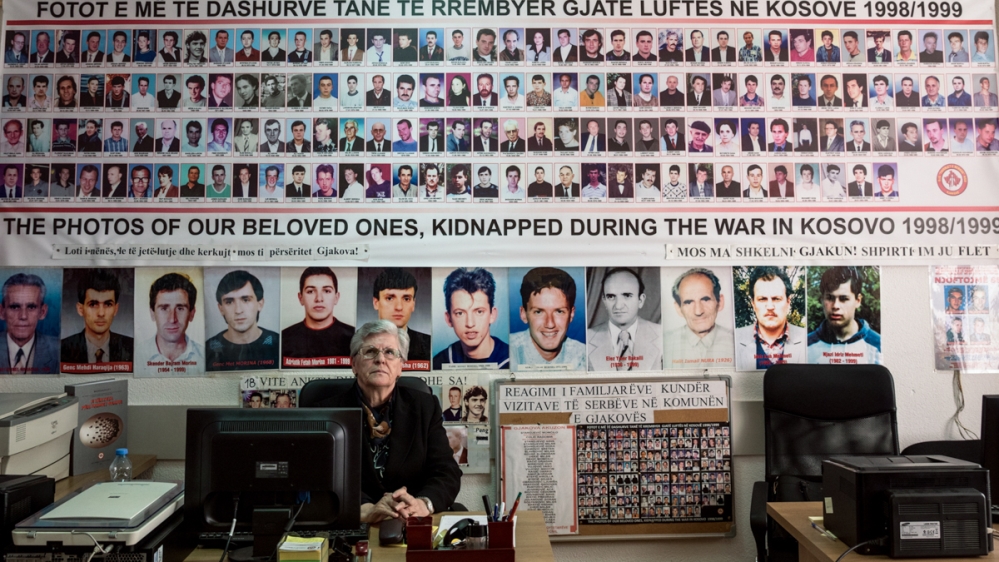
Kumnova now leads Mother’s Appeal, a group she founded in 2002 in Gjakova, a town in west Kosovo that was destroyed during the war.
Ten years ago in Pristina, its members protested for 16 days outside the country’s only morgue for missing people, on the International Day of the Disappeared, to speed up the identification process of the wartime mortal remains.
At the time, in 2009, the morgue housed the remains of 405 victims.
There are now 300 sets of unidentified mortal remains there, believed to belong to Kosovars from the 1998-1999 war.
During the conflict, Serbian forces carried out mass burials and exhumations to try and cover up any evidence of war crimes.
By the time the war ended, more than 13,000 people were dead and more than 6,000 missing.
Today, more than 1,600 ethnic Albanians, Serbs, Roma, Ashkali and Egyptians are still missing.
Over the last 20 years, graves of some of those buried en masse were reopened, with their bones and fragments identified by scientists with the Forensics Institute at the European Union Rule of Law Mission in Kosovo (EULEX) and Kosovo’s Institute of Forensic Medicine.
In some cases, the reopening of graves has caused pain and division within families, Kumnova said.
“In [a cemetery] of Gjakova, there were 14 graves that were reopened [in 2014]. Among them was my sister’s son, Artan. When they opened the grave, there were three parts mistakenly put in his grave,” she said.
An adult human body has 206 bones; the process of identification is painstakingly complex.
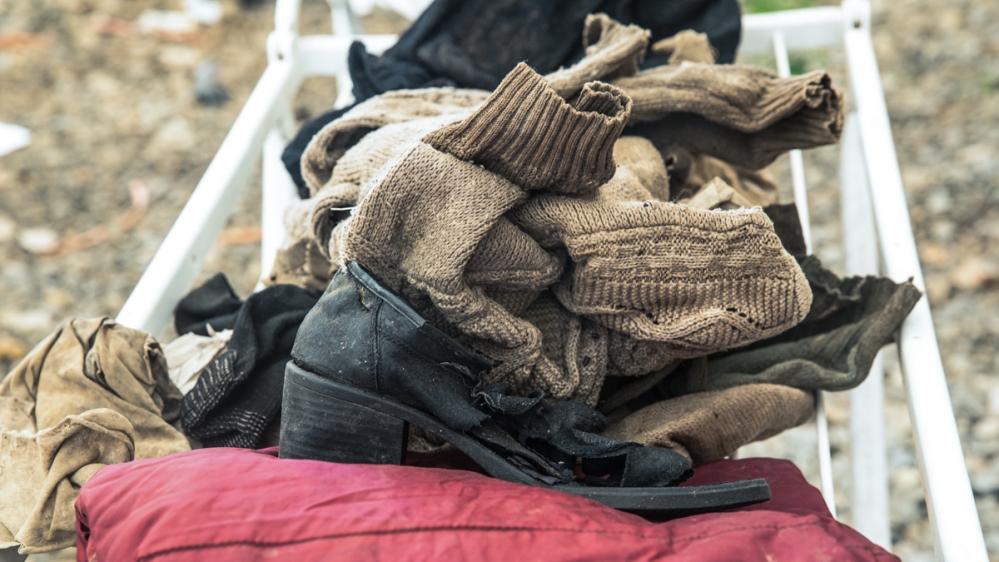
Arsim Gerxhaliu, head of Kosovo’s Institute of Forensic Medicine where the morgue is located, has been working since the end of the war to find the missing and solve the remaining unidentified mortal remains.
In 2002, he and other forensic experts started collecting blood from people belonging to 2,900 families who had lost a relative.
“What is very problematic, is that these 300 mortal remains are not matching with the 2,900 families who gave blood for identification,” Gerxhaliu said.
Relatives of about 6,000 people killed and buried during and after the war identified the victims without giving blood for DNA testing.
In these “traditional” burials, family members were able to identify the bodies through facial recognition, or pieces of clothing or jewellery still on the body.
According to Gerxhaliu, the only way to identify the remaining fragments in the morgue is to obtain blood samples from relatives of the 13,000 people who were killed during the war.
“To do this, you need to go back to every village, to every family,” he said. “It’s a huge project but this is how it needs to be solved.”
All families have a right to know what happened to their loved ones, he said, even if that means reopening coffins.
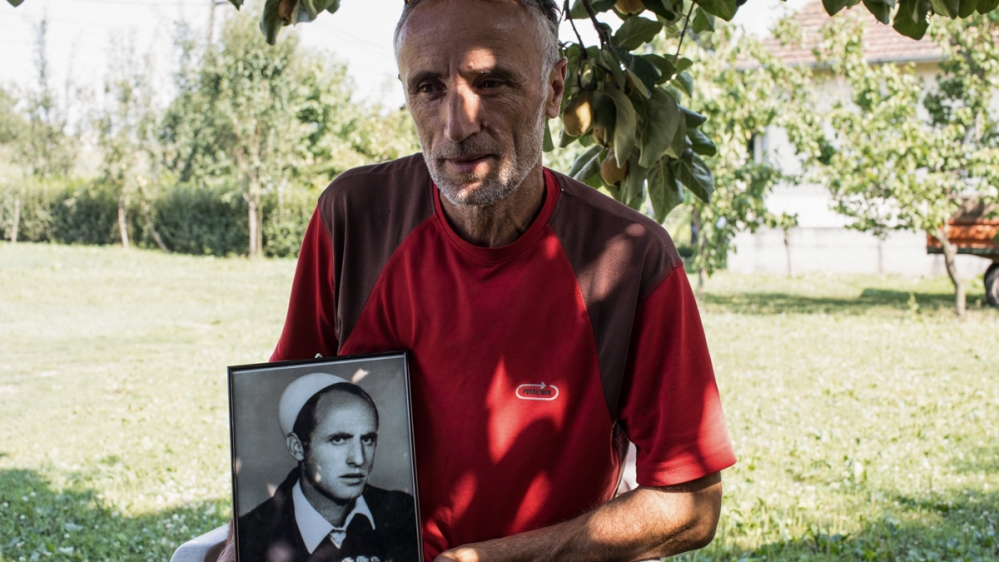
But many Kosovars, such as 55-year-old farmer Ajet Emrullahu, are unwilling to give blood and reopen the graves.
Emrullahu buried his father, Sejdi, who was 54 when he was killed by Serb paramilitary soldiers in a house fire with other Albanians in the village of Krusha e Vogel (Little Krusha).
One of the biggest massacres of the war took place in Little Krusha – 113 people were killed after Serb forces surrounded the village during the NATO operation to remove Milosevic’s army.
“We found only the bones and some parts of the clothes that remained unburnt. I could [identify my father] only based on clothes, not bones,” Emrullahu said from his garden, standing a few metres away from where his father was killed.
“We found them immediately after the war was over, in June. I could recognise my father’s clothes. I knew what he was wearing – that’s why I decided to bury him in that way.
“Bones from the war will be found in the upcoming generations and we will just be tortured by this news. So, it’s better not to accept to open the graves.”
I still have hope that in that morgue, there are bones of the people that are still missing.
In neighbouring Krusha e Madhe (Big Krusha), where 241 were killed the day before the Little Krusha tragedy, English teacher Eqrem Hoti, 57, reflects on the losses he suffered.
Although he was able to bury his brother, a doctor and gynaecologist who was killed by a Serb sniper in the hills above the village along with his son, he feels some relief knowing their bodies are in graves.
Hoti was not aware of the mortal remains still at the morgue – he knew there were some 10 years ago or more, around the time when Kumnova was protesting.
“We are starting to forget. I thought they were all solved, the remains in Pristina.”
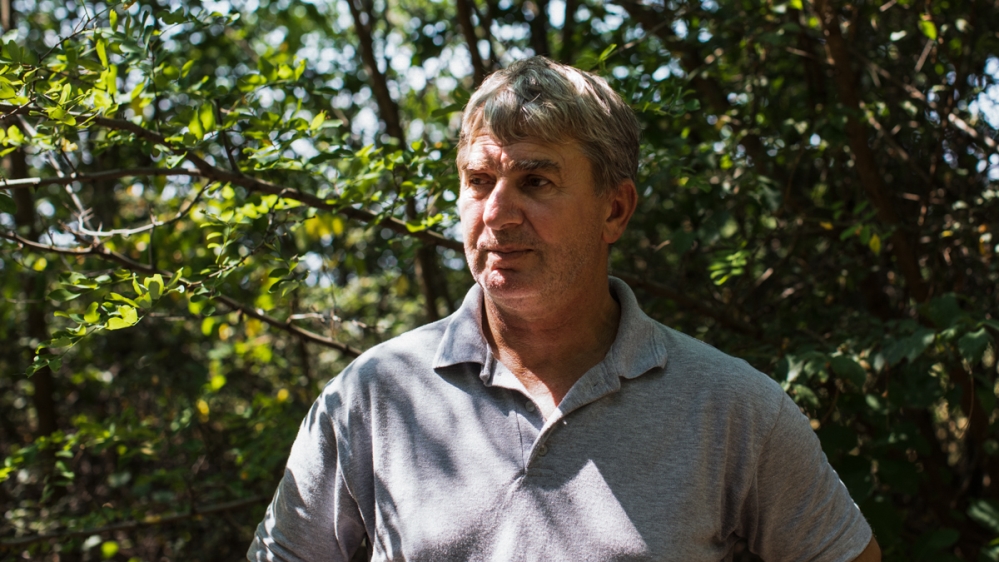
There are 64 people missing from Hoti’s village; a large poster of them still hangs on a wall next to the Big Krusha’s cemetery.
“We still have that pain in our body. Until we find the last person from the village [and the rest of Kosovo], we will feel that pain,” said Hoti.
Moving forward in Kosovo’s post-war society, the families of the missing say they will not give up hope that the remains of their loved ones will one day be identified and returned to them.
“I still have hope that in that morgue there are bones of the people that are still missing. We have hopes that the missing people are in the morgue but also in the mass graves in Serbia,” Kumnova said from the Mothers’ Appeal’s office, surrounded by photos of the faces of Kosovo’s missing.
